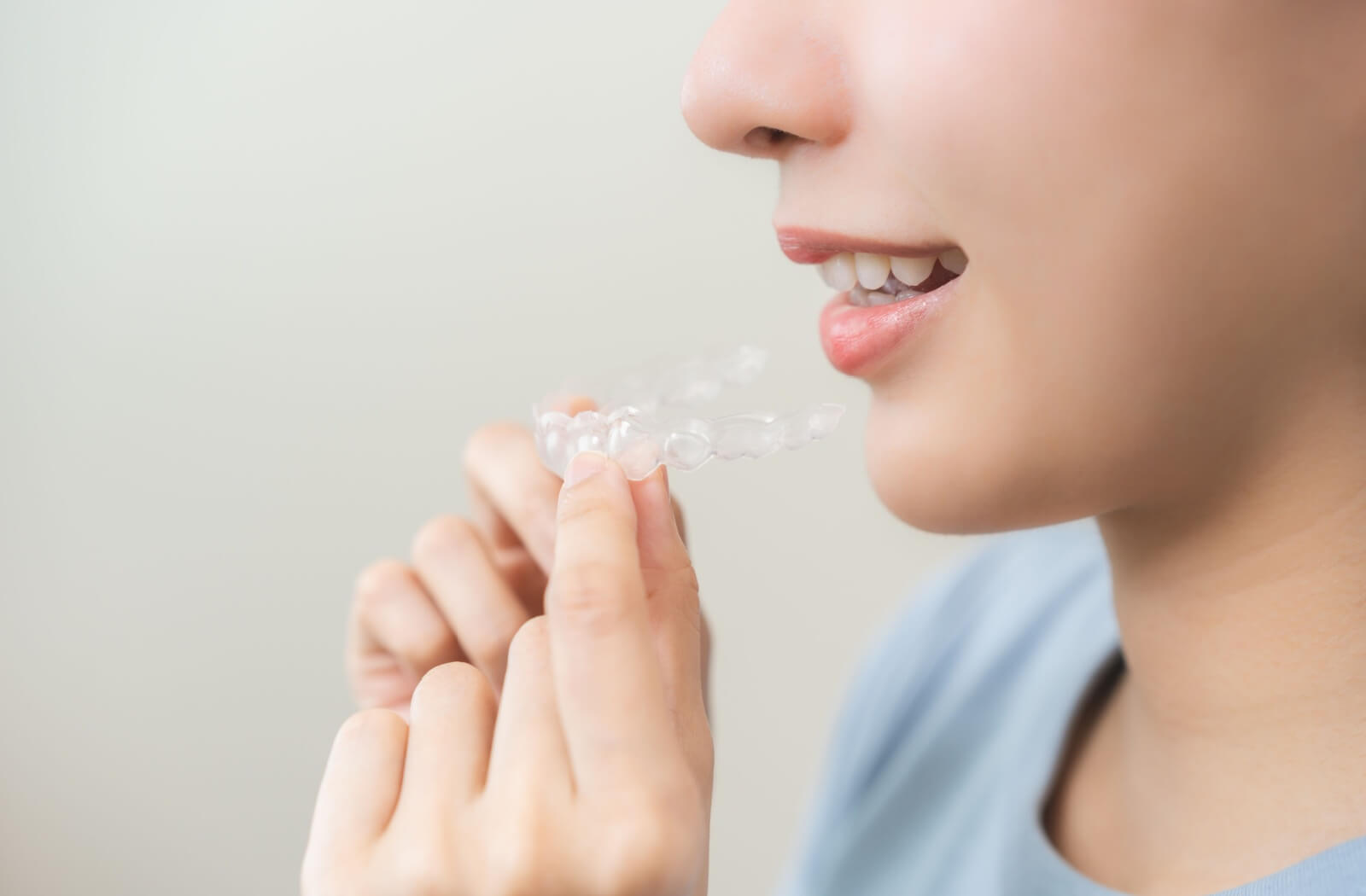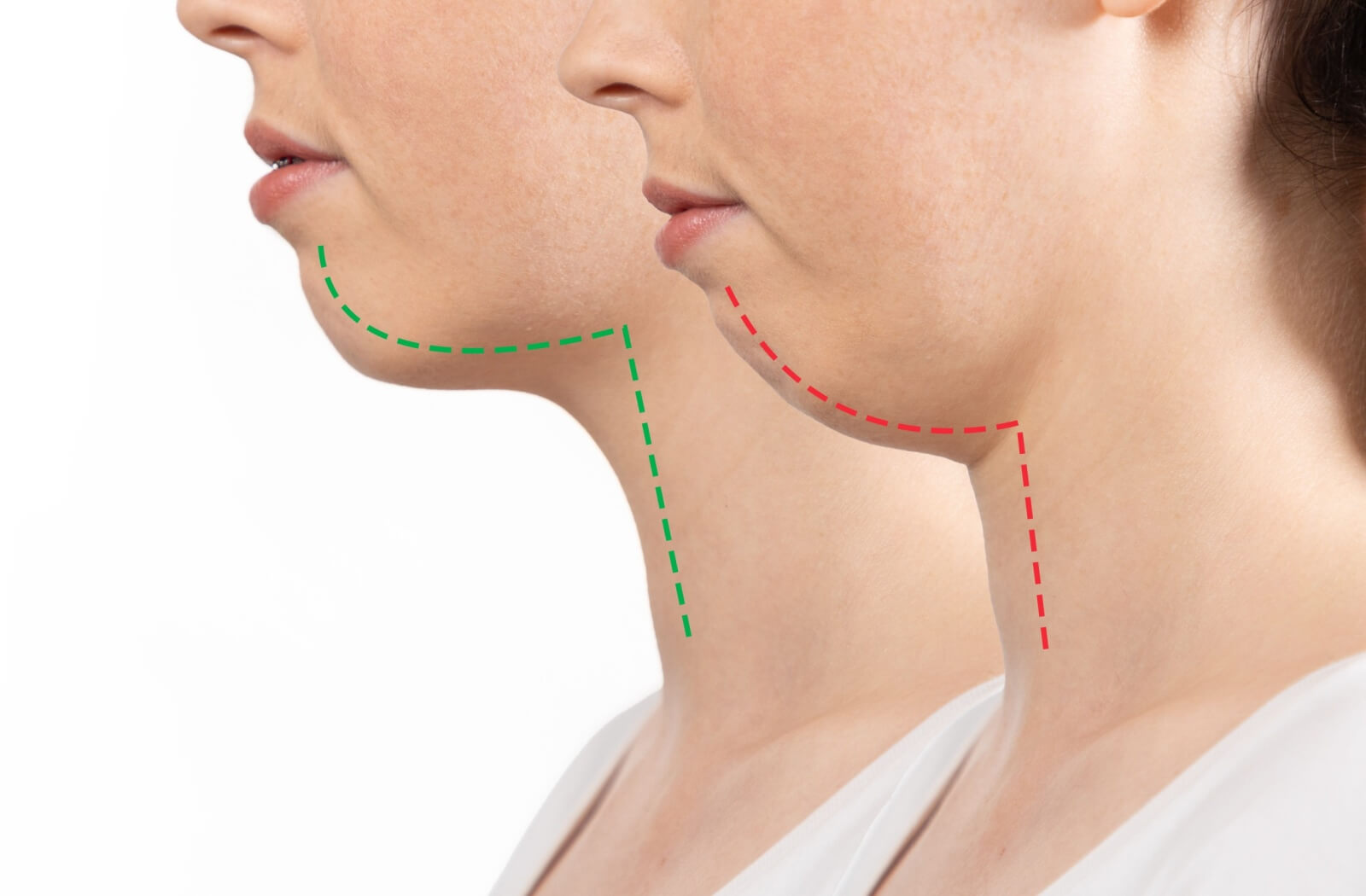Does Invisalign Change Your Jaw?

If you're considering Invisalign to straighten your teeth, you might wonder if it can also change your jaw shape. After all, your jaw and teeth are closely linked in how they function and how they look. Whether it’s to improve your smile, fix discomfort, or enhance your oral health, understanding the potential impact Invisalign can have on your jaw is important.
We’ll explore how Invisalign can change your jaw, how it may affect your overall facial structure, and who benefits most from this treatment. Let’s unravel the truth behind Invisalign and its potential to transform your teeth and jawline.
What Is Invisalign and How Does It Work?
Invisalign involves a series of clear aligners custom-made to fit your teeth. These comfortable, nearly invisible aligners gradually move your teeth into a new position.
Key details about Invisalign:
- Invisalign is best suited for bite issues such as crowded teeth, gaps, overbites, underbites, and crossbites
- Made from thin, clear plastic, Invisalign is a nearly invisible alternative to braces
- Aligners should be worn for 20–22 hours daily and replaced every 1–2 weeks
- Most treatments last 12–18 months, though subtle changes may be visible in just weeks
Can Invisalign Actually Change Your Jaw?
Yes, Invisalign can result in changes to your jaw. However, these changes depend on your age, the severity of your misalignment, and specific treatment goals.
It’s not common for Invisalign to dramatically alter your jaw shape, but subtle changes are possible—and often welcomed. Your dentist will have a good idea before starting on whether or not you may experience more than subtle changes and the kinds of changes to expect.

How Does Invisalign Impact the Jaw in Teens?
For younger patients, Invisalign can influence jaw development. When the jaw is still growing, addressing alignment or skeletal issues is easier. Realigning teeth with Invisalign can create space for adult teeth to grow correctly, potentially resulting in changes to the jawline.
The changes may be more noticeable in teens because their jaw is still adaptable:
- Correcting alignment issues can improve facial symmetry and create a more balanced jawline
- Creating room in the jaw supports the natural eruption of adult teeth
Changes to the Jaw in Adults Using Invisalign
For adults, changes to the jaw can be more subtle. While Invisalign primarily focuses on tooth alignment, your jawline or facial structure might shift slightly due to adjustments in how your teeth fit together.
Here’s what you might notice:
- Cheeks:
- Realigned teeth may change the appearance of cheeks, especially if extractions are part of the treatment. For example, cheeks can look slightly more sunken if teeth are removed
- Profile transformation:
- Minor adjustments in your teeth alignment can make your smile more symmetrical, which may enhance your profile
These changes happen gradually and aim to improve balance and aesthetics while maintaining function and comfort.
The Benefits of Invisalign Beyond Jaw Changes
Invisalign can offer a wealth of benefits related to your oral and overall health:
- Proper tooth alignment improves how your teeth meet, which reduces strain on your jaw muscles and joints
- Subtle improvements to your jawline can enhance overall facial harmony and appearance
- Well-aligned teeth are easier to clean, reducing the risk of cavities, gum disease, and other oral health issues
Of course, traditional braces remain an option for individuals who may not be the right candidate for Invisalign.
Invisalign vs. Traditional Braces
When deciding between Invisalign or braces, your dentist or orthodontist considers factors such as age, misalignment severity, and personal preference.
Why Choose Invisalign
- Discreet wear
- Improved comfort from smooth plastic aligners
- Removable for brushing, flossing, and eating
Why Choose Braces
- Suitable for severe misalignments
- Customizable coloured bands for a personal look
- Require less patient effort (no removable trays to manage)
Consultation with a qualified dental professional is vital for making the best choice for your needs.
What to Expect During Invisalign Treatment
Once you've decided to begin Invisalign treatment, here’s what you can expect throughout the process:
- Consultation: Your dentist or orthodontist assesses your teeth and jaw to determine if Invisalign is right for you.
- Custom Aligners: Moulds of your teeth are used to create aligners that can fit correctly.
- Wearing Aligners: You should wear your aligners for 20–22 hours daily, removing them only for meals and cleaning.
- Adjustment Periods: Expect to replace your aligners every week or 2 as your teeth gradually shift into place.
- Regular Checkups: Appointments every 6–8 weeks help us check if your progress is on track.
Stick to instructions and maintain good oral hygiene to achieve effective results.
Transform Your Smile with Professional Guidance
While Invisalign may subtly change your jawline, its primary goal is to improve your teeth alignment, smile, and oral health. Choosing this treatment can lead to some unexpected bonuses—slightly improved jaw symmetry might just be the icing on the cake.
If you’re ready to explore whether Invisalign is right for you, book a consultation with Springbank Dental Centre. Our friendly and professional team is here to help you make the right choice for your smile while keeping your overall health in mind.
Your new smile is closer than you think—start your Invisalign journey today!